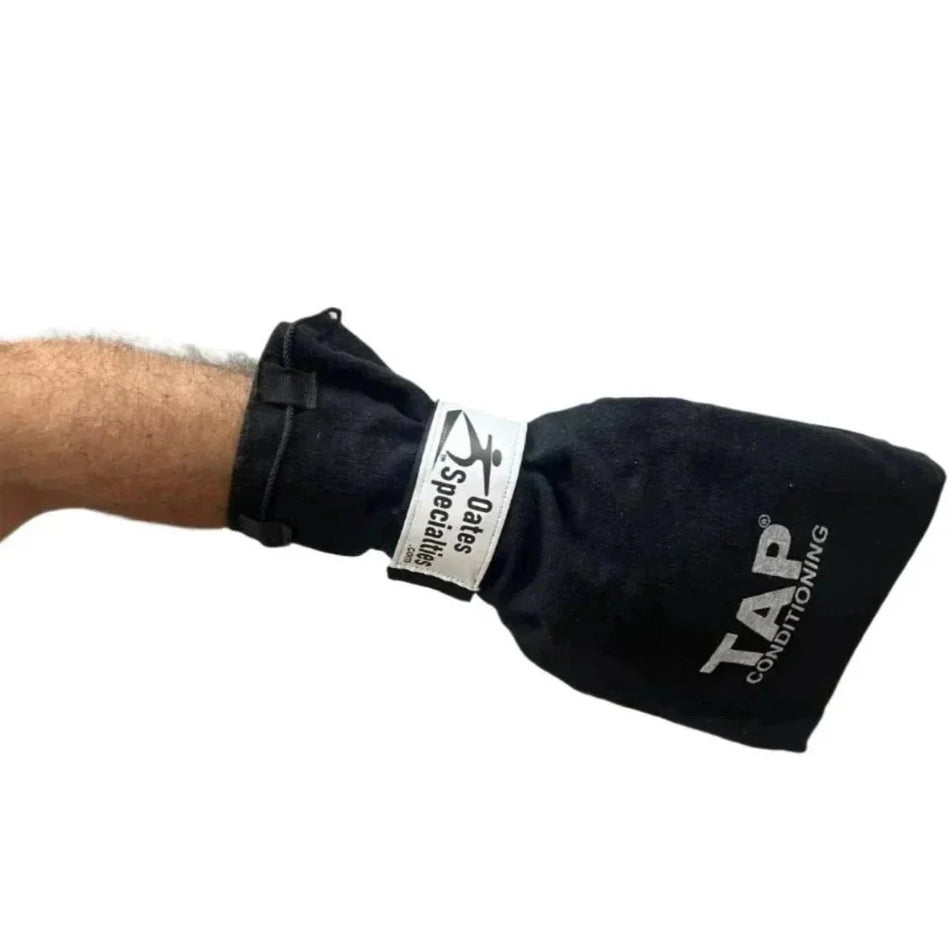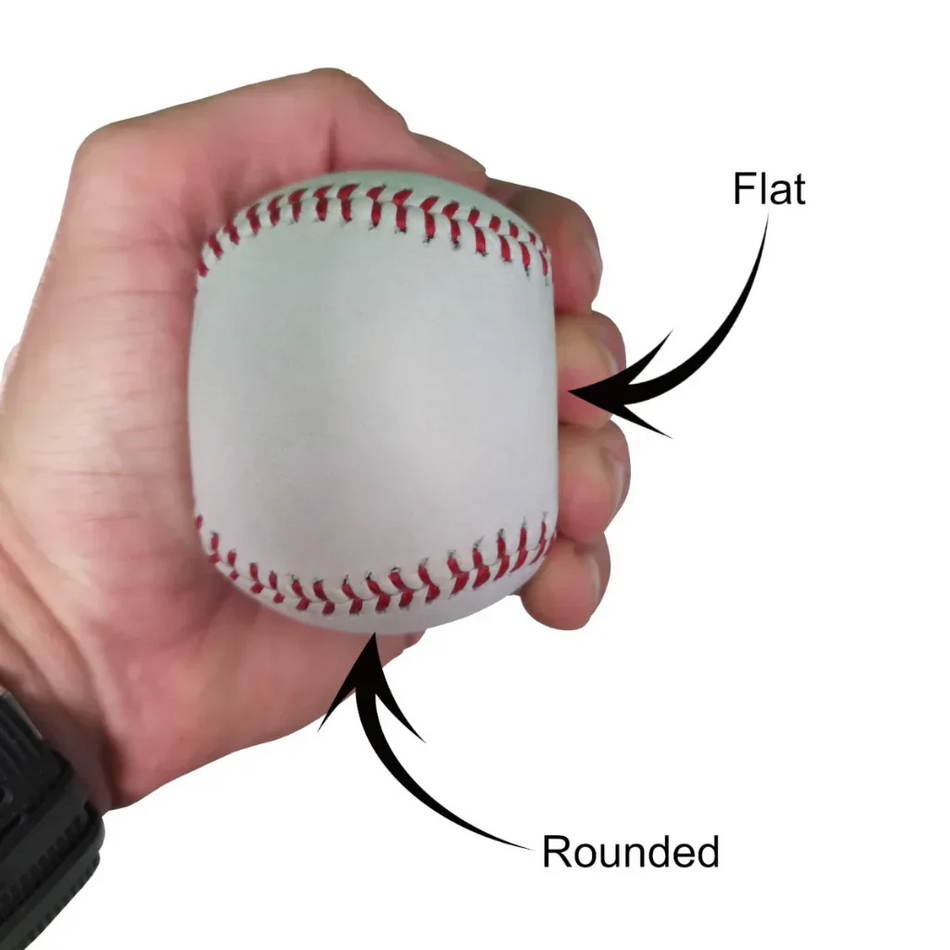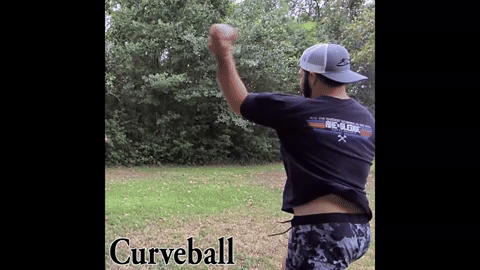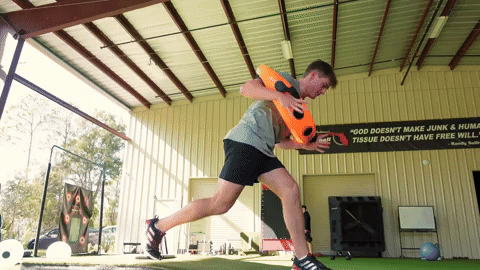A couple of posts ago I discussed how it was generally a waste of time for baseball athletes to do abdominal exercises such as crunches. Today I wanted to share a few ways to train the core that can actually translate to improved performance and superior functional core strength.
As I have mentioned before, baseball is a rotational sport that require tremendous strength throughout the midsection. In order to train for a rotational sport you must prepare an athlete’s body for the rotational demands of the sport. This cannot be done through linear exercises such as crunches and many other exercises prescribed by trainers at your ordinary gym.
If a trainer wants to seriously prepare an athlete for the type of movements involved in baseball he needs to adopt core exercises that requires the athlete to move through multiple planes. There are numerous exercises that can be utilized to help with this task. One of the most common is medicine ball throws such as “torques” and “catapults.” This is done with a 2lb or 4lb medicine ball depending if you want to focus more on speed or strength. Torque drills require the athlete to spread his legs out like he is hitting or has just reached the foot strike position and then rotate his frame throwing the ball as hard as he can. This should be done in both directions to help balance out each side of the athlete’s core region.
Catapults can be done in numerous ways such as standing, on a knee, or even running as each gives the athlete a unique feeling. The basic idea with a catapult is that the athlete is trying to reach back to full extension with his core and then snap forward over his front leg to full flexion as he tries to throw the medicine ball as hard as possible. This action simulates the explosive movement made by a pitcher or outfielder when firing the ball to a base as he reaches the release point and then follows through over his plant leg. Here is a video of an athlete performing catapults, torques, running catapults, one-knee catapults and more. He is following the Athletic Pitcher protocol developed by pitching coach Ron Wolforth. (Click Here For The Video)
As you can tell from this video, these throws are meant to be explosive and as athletic as possible with the athlete simulating the intent that would be necessary to throw 90+ mph. Another exercise that can help develop rotational core strength is a drill that those familiar with the Texas Baseball Ranch like to call “Wall Series.” In this exercise, the athlete takes a double handle medicine ball (usually 14 lbs) and performs a series of twists while standing near a wall in which the athlete hits the wall with the ball. The athlete is generally timed (6-12 seconds in duration) and counts the number of times he is able to hit the wall within this time period. Some of the exercises consist of side to sides, diagonals, and wood-choppers.
Diagonals are where the athlete hits the wall high above his head on one side and then hits down low near his knee on the opposite side. These are done in both directions to balance the athlete’s body. Wood choppers are similar except that instead of hitting down low near the knee, the athlete goes from hitting the wall high above his head on one side to between his legs to high above his head on the other side. This is a great exercise because not only is the athlete teaching himself to move as quickly as possible since he is timing the exercises and counting repetitions, he is also functionally training his midsection to move through numerous directions in a very short time.
Here is another video, of the same athlete demonstrating a number of the Medicine Ball Wall series that is performed often at the Texas Baseball Ranch. The only difference is that in the video the athlete says they perform the exercise for 15 seconds and I would recommend the duration be shorter, such as 6-12 seconds so that you are training the ATP energy system. (Click Here For The Wall Series Video)
While all of these exercises require the athlete to be athletic as he works his core, possibly the most athletic, explosive exercises available to an athlete involve the Speed Chains. Speed Chains have a variable resistant design that is unlike any product that I have seen on the market. It allows for an athlete to train at high speeds while still working against the heavy weight of the chains. The Torso Burner and Bat Speed Chain are both designed with the intention of specifically training the rotational movements made by baseball athletes. This helps to strengthen the core muscles and improve the rotational speed and power of athletes using the product. Here is a video that demonstrates several of the Speed Chain products. Pay special attention to the Torso Burner and the Bat Speed Chain as they are the two that really focus on rotational core strength. (Click Here For the SpeedChain Video)
Speed Chains are a very unique product that cannot be replicated by any weight room exercise. Probably the best aspect about training with Speed Chains is that they are able to train athletes in the same plane and movements as they will make in a game. This will help improve sport specific strength and lead to improved performance on the field. These are just a couple of athletic, explosive ways to strengthen and prepare the core for the intense demands of a sport like baseball. However, if you are still going to train the core in a more traditional way in a gym or while sitting on the ground, I still recommend training through multiple planes as opposed to the linear up and down motion of a crunch.
One way to do this is by using a product such as a Soft Medicine Ball and throwing the ball back and forth to a partner standing to your side requiring you to twist as you catch and then spring back to return the ball to him. Another exercise I have seen that incorporates rotational movements is sitting back to back with a partner and performing medicine ball passes where you are twisting to hand him the ball and then twist the opposite way to receive the ball from him again. This can be done as fast as possible and requires the athlete to torque in each direction to receive and pass the ball.
Whatever the exercise method you choose to train the core just keep in mind that baseball is a rotational game and in order to be prepared for the grueling demands of playing the game you are best served by training the core in as many rotational movements as you can. Additionally, the higher the intensity and speed of the exercise the better because it helps to simulate the conditions the athlete will experience in a game situation.
Until next time, Brian Oates














































